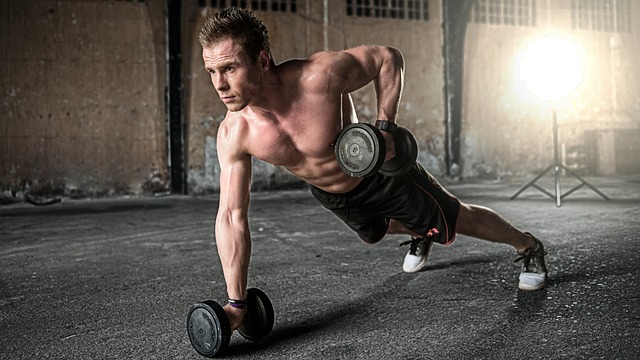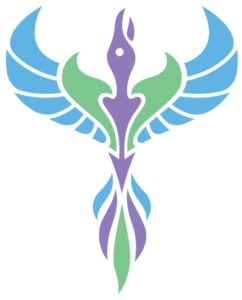Treatment Plans:
Exercise and Rehabilitation
Have you noticed that highly successful people start their day with exercise? From elliptical trainers to cycling to yoga their exercise invigorates and inspires them to meet the challenges and opportunities of the day ahead.

Exercise is broadly known to improve cardiovascular function (reduced blood pressure, lowered heart rate, reduced artery plaque) and oxygen-carbon dioxide exchange (promoting healthier lungs, skin, digestion, and a lowered systemic acid pH). Medical studies demonstrate that routine exercise not only promotes physical health; exercise is used extensively for recovery from surgery, as well as chronic illnesses.
What is less known is that exercise also improves one's mental status. It helps reduce symptoms such as depression and anxiety, promotes quicker and clearer mental functions, and provides more overall 'pep'. Every time you wiggle your fingers and toes, swing your arms and legs, bend, twist, and stretch your spine, neurological signals are sent to the brain and stimulate the mental functions that actually make you feel better. This is essential to achieving optimal health.
For those who are not maxed out on their treadmills or barbells, exercise rehabilitation is a critical element of your optimal health program, along with diet and nutrition. Exercise rehab is a component of guided recovery from the stresses we experience throughout our lives, including repetitive stress, sports injuries, trauma, and surgery.
For the 'couch potato,' corrective balance and coordination along with breathing exercises may be a safe first step. This may lead to mat pilates, calisthenics, and eventually free-weight workouts and endurance sports such as swimming and biking.
For athletes, evaluation of sports mechanics is essential, not only regarding the use of the equipment involved in the sport (bikes, balls, bats, etc) but most importantly, biomechanics of the individual (evaluation of heel strike, and the mechanics of the lower extremity joints: ankle, knee, hip, through to the spine and up to the upper limbs: shoulder, elbow, wrist and hands). Professional athletes constantly fine-tune their bodies and often utilize chiropractic care to ensure their bodies are in prime condition.
Everyone in between benefits from fine-tuning the body in order to help perform the tasks of daily living, enhance performance, minimize injury, and sustain a long life. The most common tasks that should be evaluated include:
- Workplace ergonomics (chair, desk, computer positions)
- Lifting and carrying (children, groceries, bar-bells, backpacks)
- Sleeping (beds, pillows, sleep positions)
Not everyone wants to hike the Appalachian Trail. But everyone wants to feel great and enjoy their lives more fully. Why not move away from the couch and try a stroll in the fresh air and sunshine? Dr. Thomas can help most patients develop an exercise plan to help improve their endurance with fewer aches and injuries along the way.

